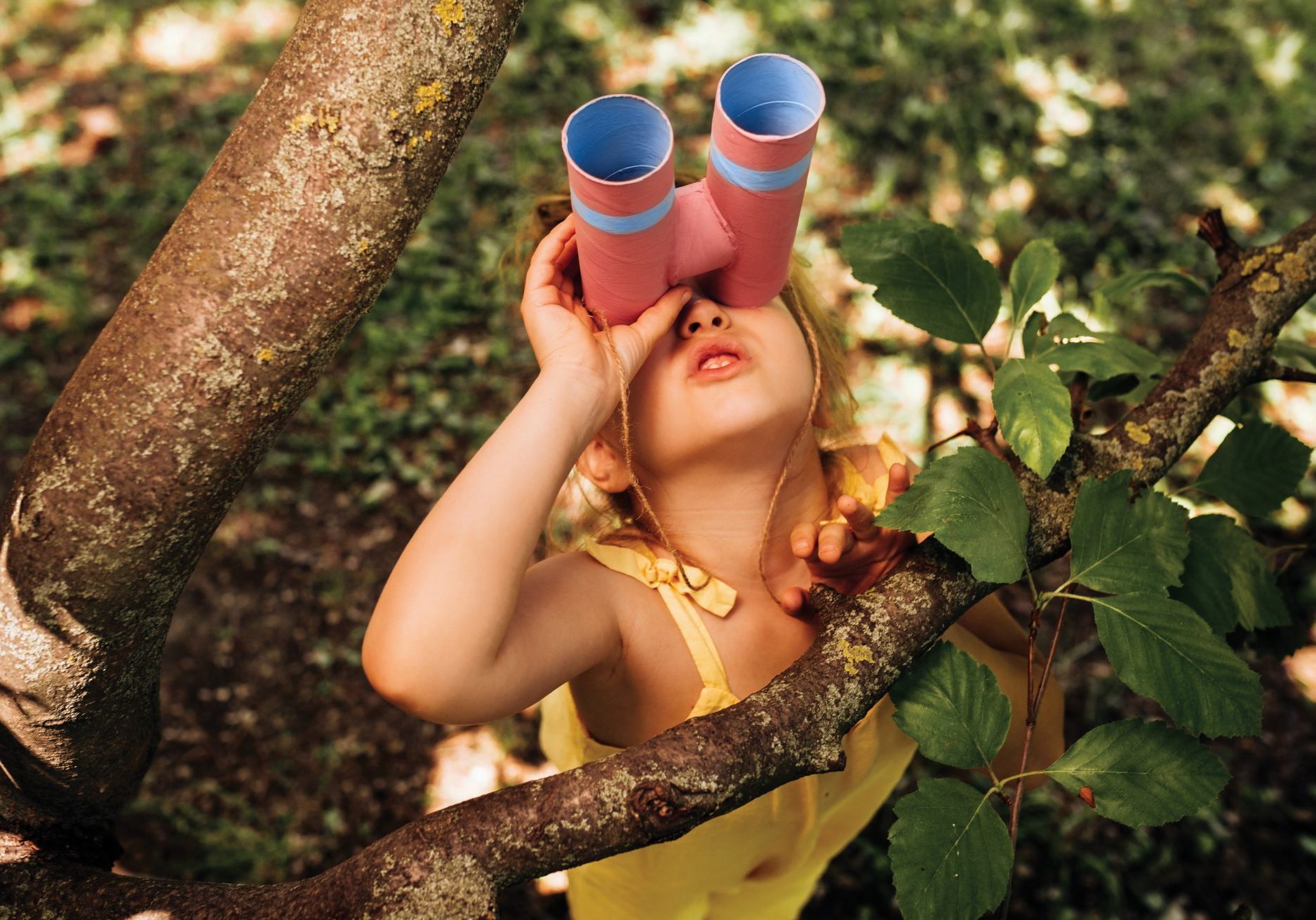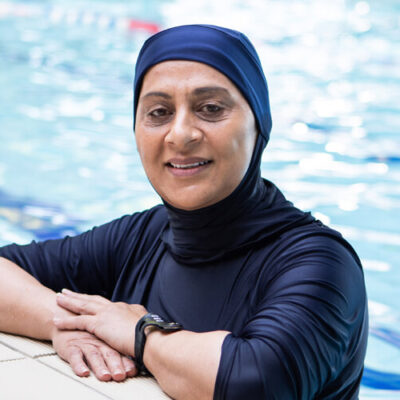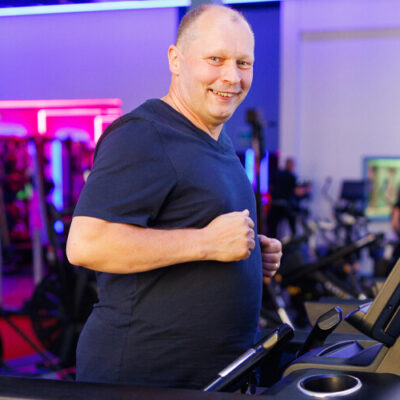
Coach Lindsay: HOW SLOW CAN YOU GO?
by Lindsay Anderson
How to use the change of the seasons to inspire a change in your mindset
Summertime can be a much needed break from our overly scheduled lives. This summer, resist the temptation to fill up your summer schedule with activities. Dreams of long walks in tall grass and the sound of waves lapping on a shore become a reality. The days are long and the sound of nature beckoning us out to play can be heard all around.

Coach Lindsay
In their tightly scheduled worlds, children need time to be children. Research shows that unstructured free play offers children incredible benefits that they may be missing when they are routinely placed in organised activities. This summer, allow your children unstructured playtime.
1 – the choice of what they want to do and how they want to do it.
2 – allow time for creating, exploring, pretending and imagining.
3 – make time for silliness, laughter and stillness.
Like our children, we also have overly-scheduled, busy lives. One great way to unwind and role-play healthy living for your child is to enjoy some playtime yourself. By prioritising downtime and play for yourself, you are showing your child the importance of fun, relaxation and laughter. So enjoy a hobby, play a game, laugh more and do less this summer.
We are all accustomed to constant stimulation. As soon as things slow down, we often can hear complaints of being bored. Try not to be so quick to fill that void with an activity. Studies have shown that boredom has great benefits, allowing children (and adults) time for the mind to wander, room for contemplation, encouraging creativity and enjoying a little daydreaming. You will be amazed at what creative ideas children can come up with to fill their time.
Try not to be so quick to fill that void with an activity.
Mindfulness allows us the time to pause and be present. There is no greater gift we can give our children than our undivided attention and our presence. Here are some mindful activities to enjoy together:
- The Listening Game – Take a minute to stop and listen to all the sounds around you. Close your eyes, still your body, and just check out all of the sounds coming from far away, from nearby and even from your own body. After a minute or two, open your eyes and share with each other what you heard.
- How Slow Can You Go? – See how slowly you can eat one mouthful of food or how slowly you can walk from one point to another. There are endless possibilities for slowing down during your day. You can do this with almost anything. Notice how it feels to slow down and how much self-control it takes.
- New Things – Wherever you are, you can discover new things by opening your eyes and really noticing. Whether you are in a new place or the same street you are on every day, play the “What’s New” game and look around to see what you can discover. You will be amazed at all that is there to be seen that you have never noticed before.
Being mindful in nature can help children see the strength and beauty of nature through trees, wind, clouds, and the sun. When practising mindfulness, children can feel strong like the tree, flowing like the wind and warm like the sun. Children feel stronger and more confident by aligning themselves with nature.
Mindfulness is all about becoming more aware of our experience so that we can choose how we respond rather than being pulled into unhelpful automatic stress reactions.
Mindfulness teaches children how to find a quiet place inside themselves that they can use to steady themselves when they get distracted or when life feels challenging.
Mindfulness can help young people when they feel angry, scared, sad or worried so that difficult thoughts and feelings do not have to take over their day and shape their behaviour.
Mindfulness is not just about the difficult aspects of life, though. It is also about the importance of ‘growing happiness’ and how children can learn to savour good moments to build resilience and a robust sense of well-being.
MAKE A MANDALA

Summer is the season of flowers. Something that I love to do with children and young people while we are out in nature is to make mandalas. Gather petals to make this beautiful mandala. You don’t need to use petals. You can use stones, bark, leaves, sticks, rocks, grass, pinecones, pine needles, feathers, sand shells, soil, or any other natural gifts you can find.
If you think that your child would benefit from some 1-2-1 time with me, then please message me through any of the following platforms –
ColneLife Summer 23




